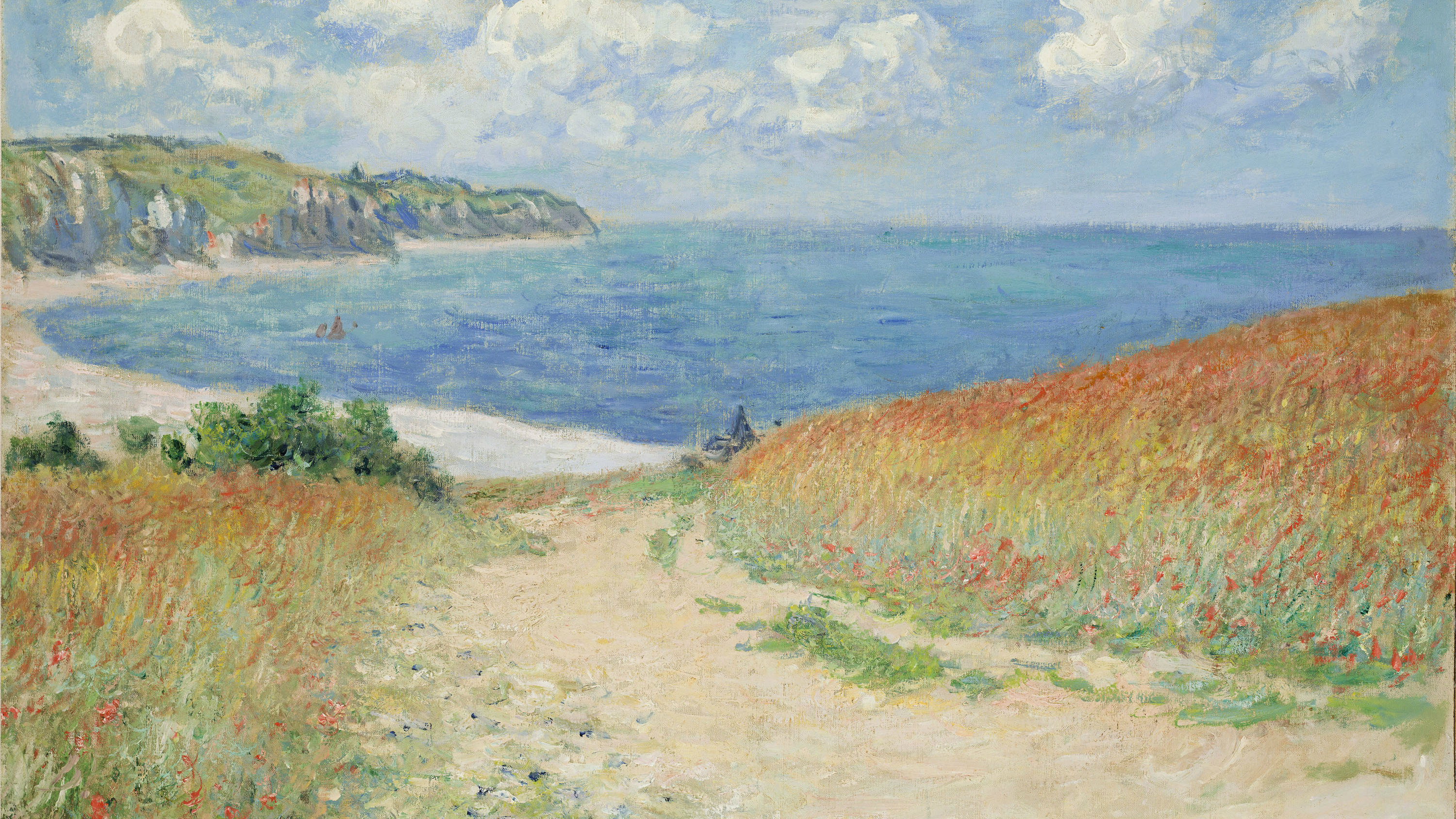
Museum director Christoph Heinrich spent two years trying to convince Hamilton to donate the collection, which includes works by Van Gogh, Monet, Cézanne, Manet, Renoir and others.
Heinrich’s efforts paid off and the paintings will become a significant part of the museum’s permanent collection.
“The addition of these paintings to the Denver Art Museum collection is a pivotal moment in this institution’s history,” Heinrich said in a press statement. “Frederic Hamilton’s generosity, vision and commitment to making Denver a destination for art are unparalleled and have forever changed the museum’s ability to deliver world-class exhibitions and programs.”
The artworks are currently on view as part of the museum’s Passport to Paris exhibition, which runs through Feb. 9.
The collection will eventually be displayed permanently in the museum’s Hamilton Building, named for the collector and philanthropist.
Hamilton founded Hamilton Oil Company in the 1960s and served as chairman of the Denver Art Museum’s board of trustees for 19 years.













